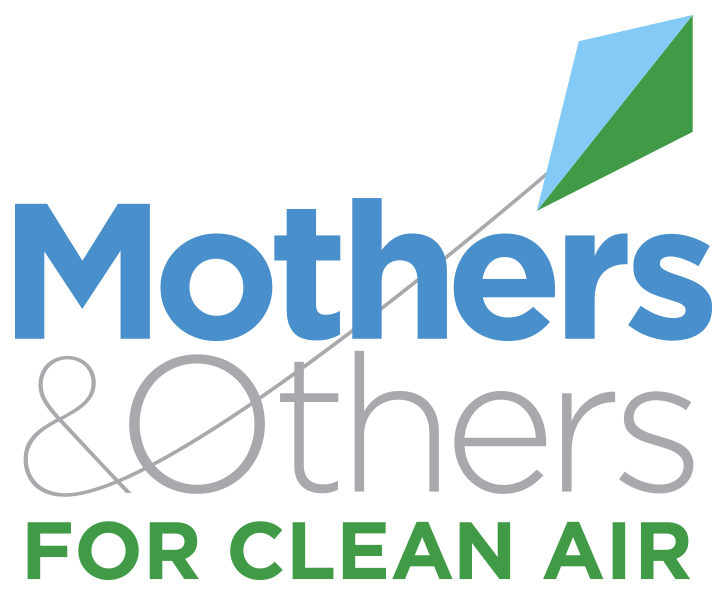Rationale: Certain outdoor air pollutants cause asthma exacerbations in children. To advance understanding of these relationships, further characterization of the dose-response and pollutant lag effects are needed, as are investigations of pollutant species beyond the commonly measured criteria pollutants. Objectives: Investigate short-term associations between ambient air pollutant concentrations and emergency department visits for pediatric asthma. Methods: Daily counts of emergency department visits for asthma or wheeze among children aged 5 to 17 years were collected from 41 Metropolitan Atlanta hospitals during 1993-2004 (n=91,386 visits). Ambient concentrations of gaseous pollutants and speciated particulate matter were available from stationary monitors during this time period. Rate ratios for the warm season (May to October) and cold season (November to April) were estimated using Poisson generalized linear models in the framework of a case-crossover analysis. Measurements and Main Results: Both ozone and primary pollutants from traffic sources were associated with emergency department visits for asthma or wheeze; evidence for independent effects of ozone and primary pollutants from traffic sources were observed in multipollutant models. These associations tended to be of the highest magnitude for concentrations on the day of the emergency department visit and were present at relatively low ambient concentrations. Conclusions: Even at relatively low ambient concentrations, ozone and primary pollutants from traffic sources independently contributed to the burden of emergency department visits for pediatric asthma.
Published Mar 31, 2010
Strickland, M. J., Darrow, L. A., Klein, M., Flanders, W. D., Sarnat, J. A., Waller, L. A., Sarnat, S. E., Mulholland, J. A., & Tolbert, P. E. (2010). Short-term Associations between Ambient Air Pollutants and Pediatric Asthma Emergency Department Visits. American Journal of Respiratory and Critical Care Medicine, 182(3), 307–316. https://doi.org/10.1164/rccm.200908-1201OC
